Have you ever dyed fabric with indigo dye? Yesterday I got to try my hand at indigo dying and I really, really loved it.
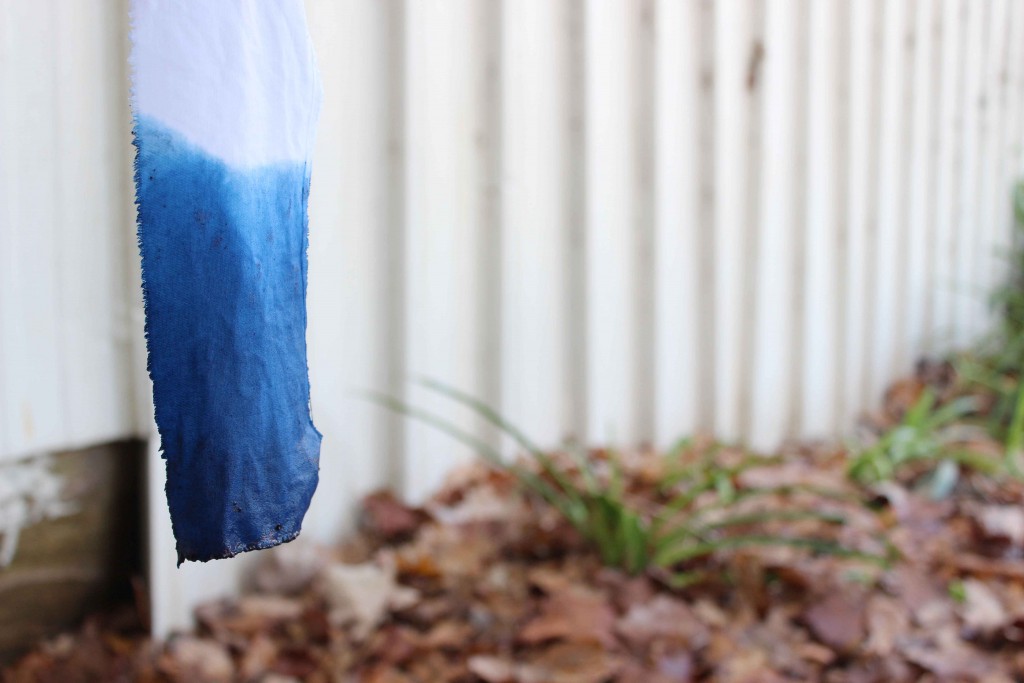
I’ve got this quilt idea in mind, with the stack of Liberty prints I have randomly collected. They usually aren’t my thing, but somehow I jumped on that bandwagon at some point thinking it was a great idea. Needless to say, they are still sitting there… I wanted to pair them with some denim, but thought it might be too heavy with paired with the lawn weight of Liberty.
After watching Creative Bug’s latest class, Dying with Indigo it made sense to dye my own cotton that classic denim blue. Off I went to search for Indigo Dye in Canberra and up popped a workshop being held locally the next week. Was someone trying to tell me something? Obviously, I took the hint and booked into the class.
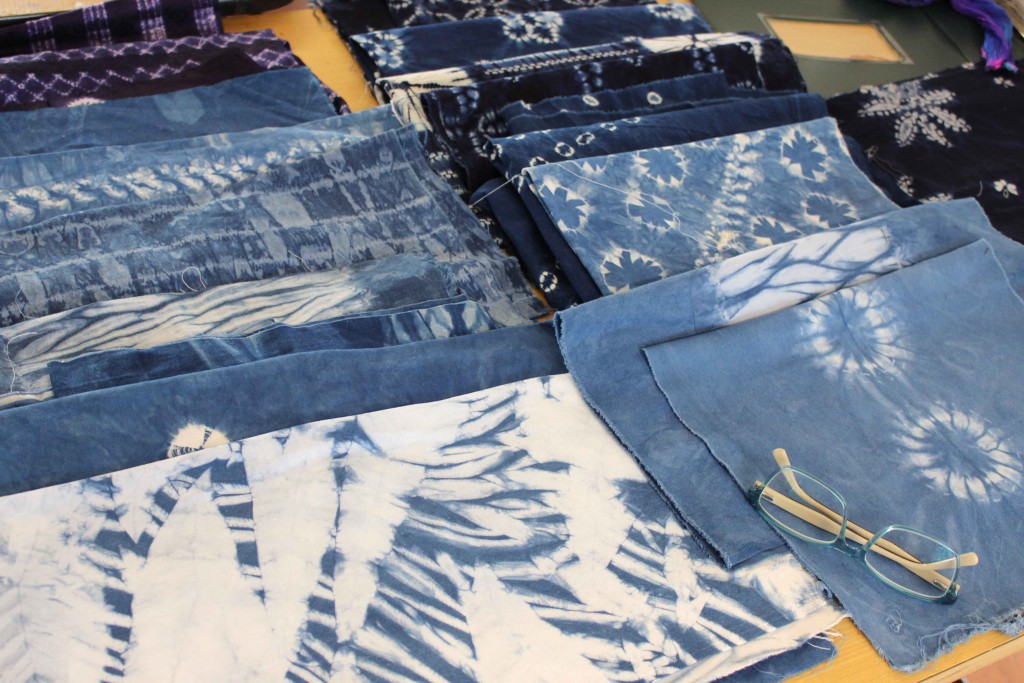
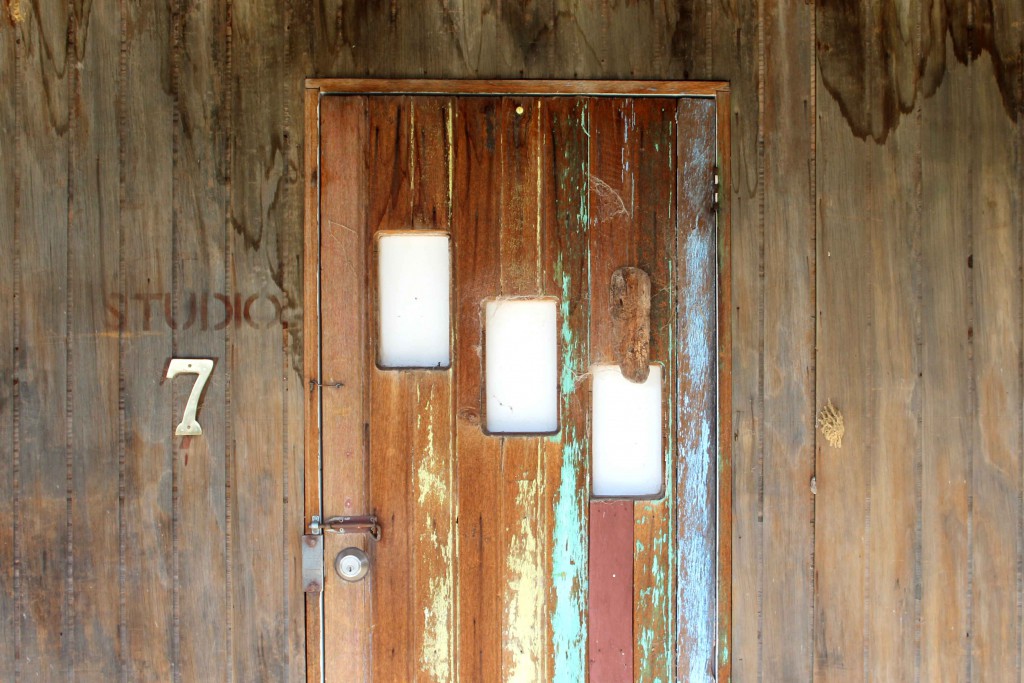
First of all, I have to mention where the workshop was held. Before last week, I had never heard of Strathnairn Arts. It is a beautiful homestead, on a property on the outskirts of Canberra. Although I was still in the city, I really could have been 200kms into the country. It really is one of Canberra’s best kept secrets.
Back to the dyeing class, with Joan James, the artist in residence at Strathnairn. Indigo dyeing, if you want to get technical, is what’s called ‘Shibori’. Shibori is the Japanese word for a variety of ways of embellishing textiles, by shaping the cloth and securing it before dyeing it. Apparently there isn’t an English term for Shibori and it’s particular method of dyeing with indigo. Tie-dye is pretty close, but not really sophisticated enough for this process.
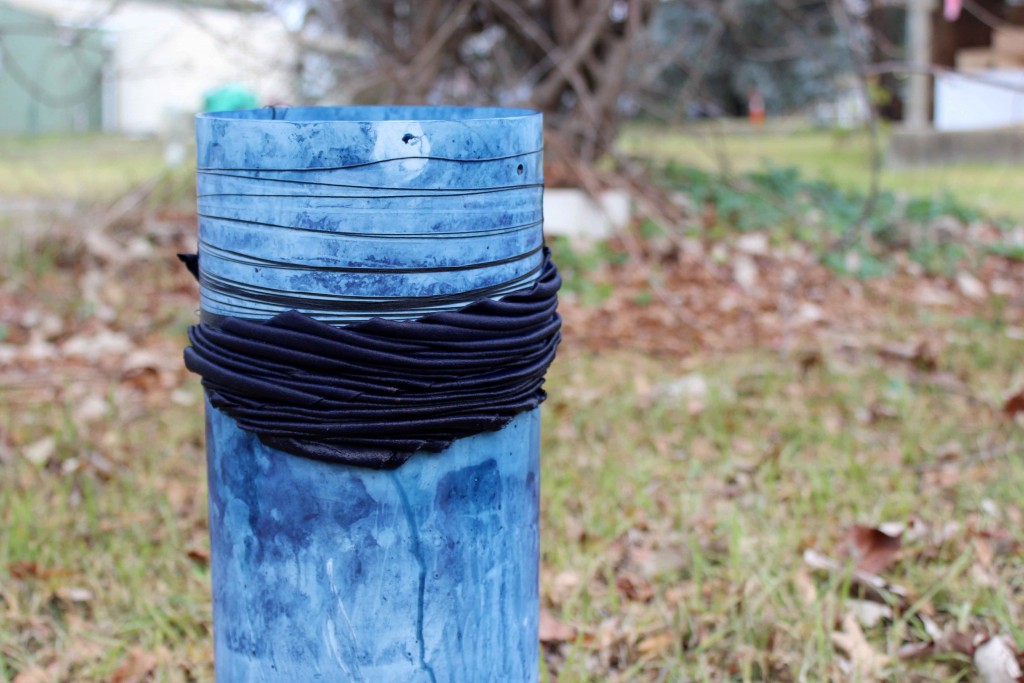
I washed and dried the meters of Riley Black white solid fabric I had on hand in preparation and used them for the workshop. I ripped them into squares and used several methods to dye them, including folding, clamping, and stitching. One of my favourite designs was created by folding the square in a triangular accordion fold and clamping with wooden pegs. Indigo dyeing is a really unique and it is completely fascinating to watch the oxidisation process as the dye turns from green to blue. I can’t wait to turn these fabrics into a quilt.
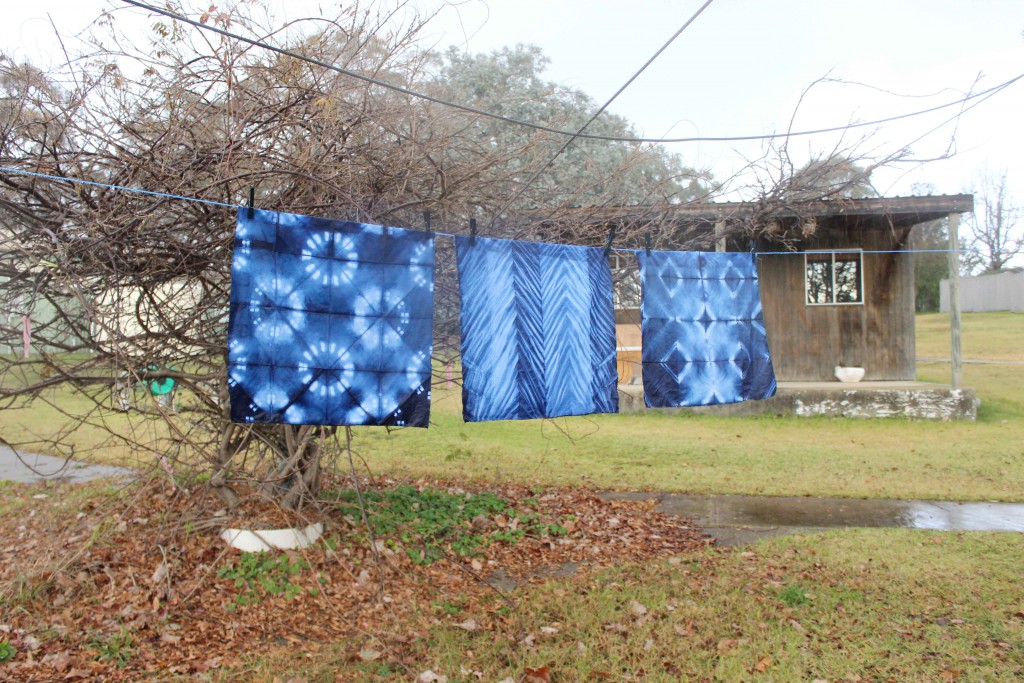
If you are interested in learning more about indigo dying, I would definitely recommend Kristine’s class. She takes you through the basics of Shibori, and you can easily do at home to make your own beautiful indigo fabrics. If you decide to have a go, make sure you let me know and I will come over to share your vat. If you haven’t tried Creative Bug before, you are welcome to start a free trial (pretty great huh!) by clicking in the picture above.
